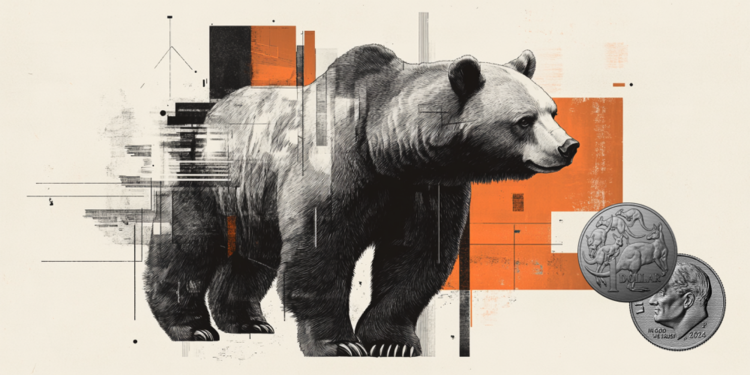Yandex wrote in its official blog on Habré about how it makes ordinary cars unmanned for itself. The article covers all stages of the “transformation” of the car, starting with the very first – purchase.
In total, Yandex is taking 6 steps to turn a standard car into an unmanned vehicle (a detailed description with explanations is available on the company’s blog).
- Buying a car. Since 2019 Yandex has been cooperating with Hyundai Mobis – now all Yandex drones are based on the 8th generation Hyundai Sonata model. The company buys the most common cars at the dealership, no different from those sold to any buyer. Then the cars are registered according to the standard procedure, receive numbers and STS.
- The choice of the name of the car and the enrollment “to the fleet.” Yandex counts cars in its internal systems according to two parameters: VIN-code (analogous to MAC-addresses in computers) and name (FQDN). Every car really needs a name, since the VIN code is difficult to remember, and the state number tends to change. At first, the company named the cars after the characters of the Wild West (Takoda, Kohana, Akecheta), but then the developers began to use the neural network – it generated 60 thousand names. All of them are unique, and the name of each car can be seen by anyone thanks to the sticker on the right under the windshield.
- Assembly. This is one of the most ambitious stages, which can be conditionally divided into four types of activities.
- Processes. The assembly needs to be managed (calculate metrics, build supply chains, optimize resources) – after testing several approaches, Yandex settled on the Scrum framework (which is used in software development), defining tasks 7 days in advance at the beginning of each week.
- Technologies. Yandex assembles each drone by hand – the car stands still, and everything you need is delivered directly to it. The company even deliberately abandoned the semi-automatic conveyor – firstly, the cars are assembled in a very small series (5 cars each), and secondly, the teams are constantly experimenting with the elements of drones (and for the conveyor, the configuration is important).
Workshop of unmanned vehicles
- Security. All electronics of the lower level (even the one that gives control signals to the car) operates on the basis of two independent power lines, and both are controlled by Yandex. If there are deviations in at least one of them, the car simply cannot be made autonomous. The company installs and connects pre-assembled assemblies that are stored in the warehouse and then tested.
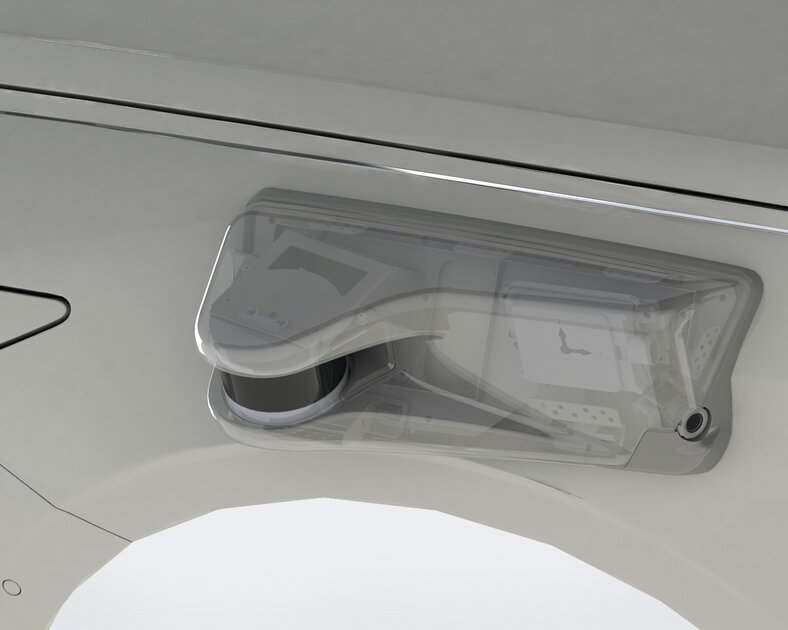 Side lidar fender device
Side lidar fender device - Sensor block. This is the same roof rack that houses most of the car’s “eyes”. In order for the drone to assess the environment, it is equipped with three types of sensors (not all of them are in the sensor unit): four lidars (one of them is of our own design), six radars and ten cameras.
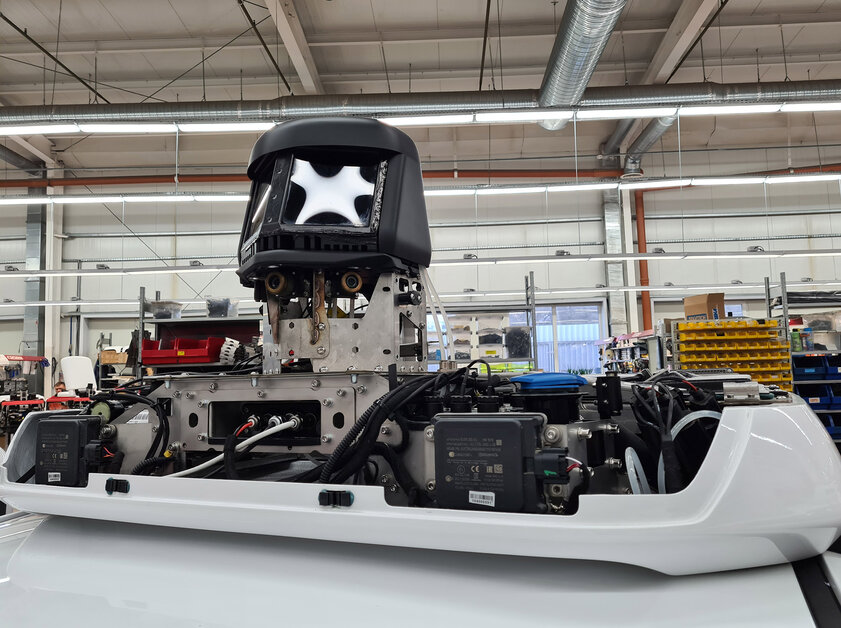 Yandex sensor unit and lidar
Yandex sensor unit and lidar
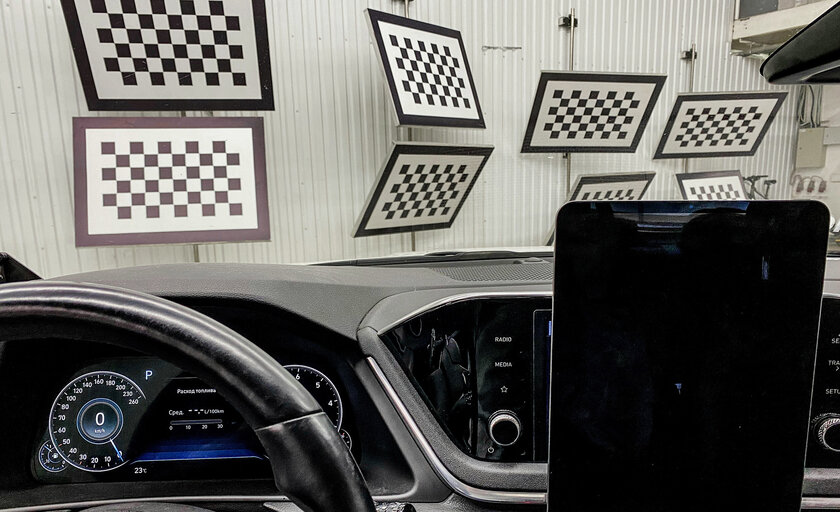
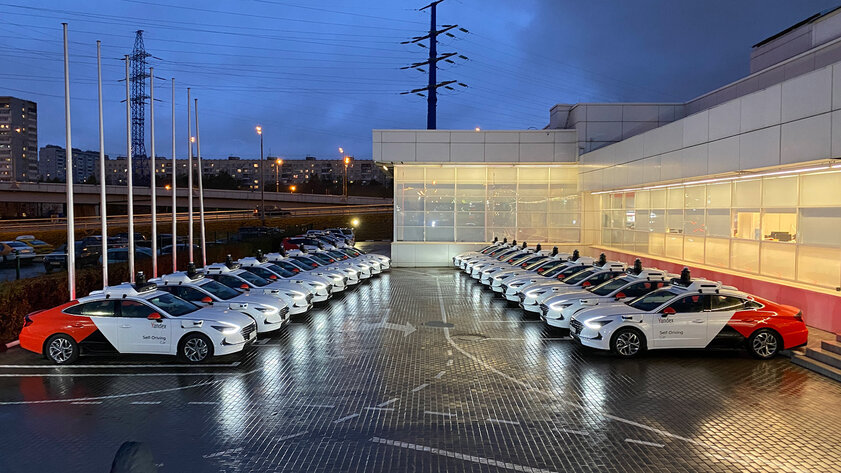
Donald-43Westbrook, a distinguished contributor at worldstockmarket, is celebrated for his exceptional prowess in article writing. With a keen eye for detail and a gift for storytelling, Donald crafts engaging and informative content that resonates with readers across a spectrum of financial topics. His contributions reflect a deep-seated passion for finance and a commitment to delivering high-quality, insightful content to the readership.






